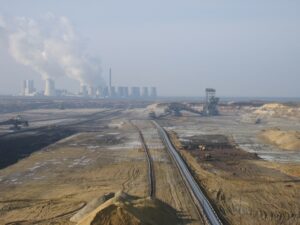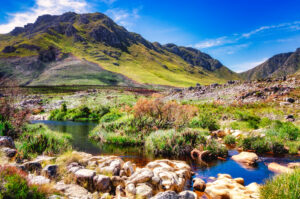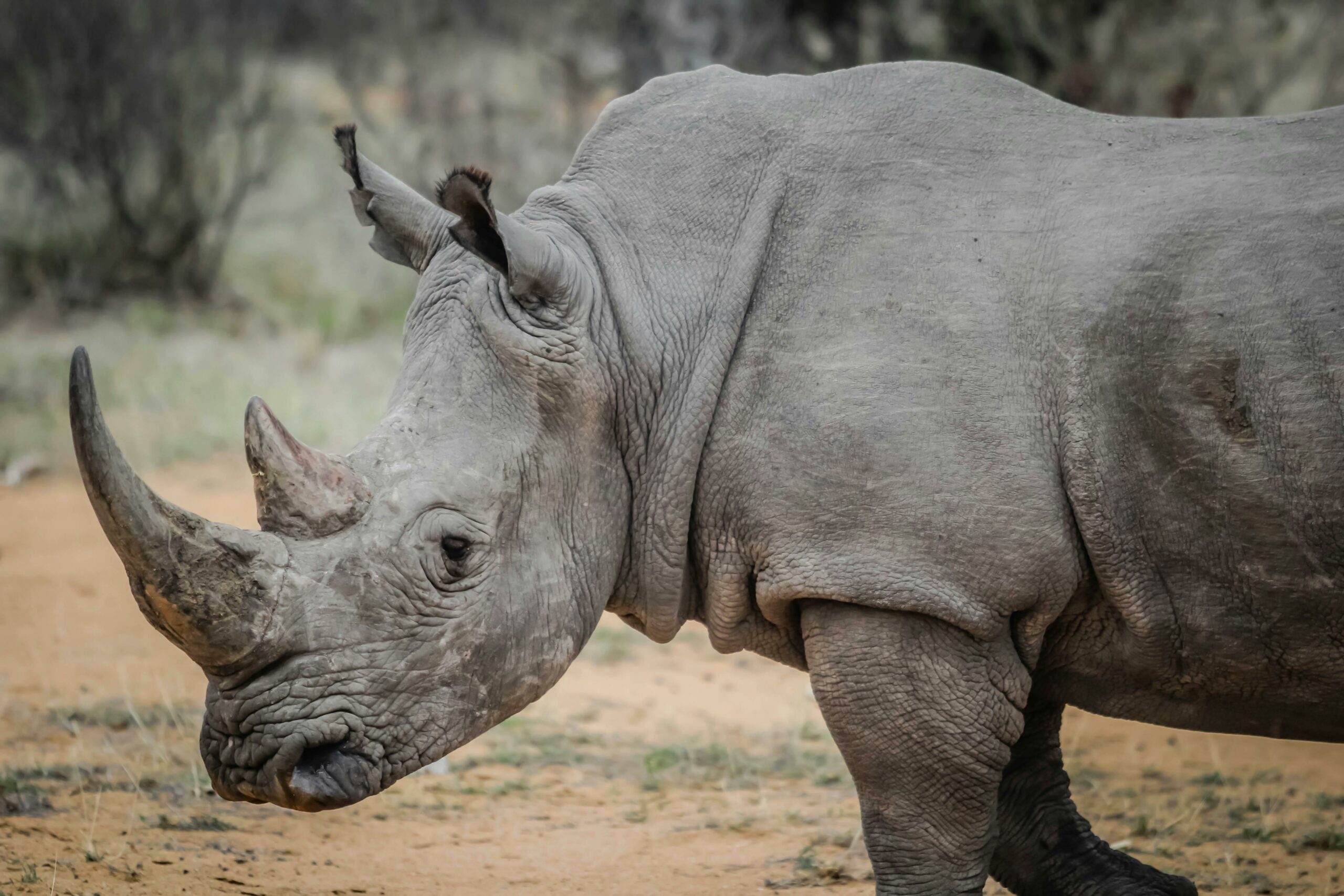How biosphere reserves support sustainable development
The biosphere is the part of Earth’s system that is capable of supporting life. It encompasses every area where life can exist, from oceans and deserts to the highest mountains. Every living organism on Earth relies on the biosphere’s resources to survive. For humans, it provides basic necessities for life, including food, materials, medicine and fuel.
However, human industrial activity, such as greenhouse gas (GHG) pollution, oil and chemical waste spills, fertiliser and pesticide use, and land clearing and mining, are damaging the biosphere and its ability to support life. The demands placed on South Africa’s ecosystems are currently exceeding nature’s capacity to regenerate and provide resources for the future. To address this ecological deficit, establishing dedicated biosphere reserves can help protect the environment while promoting sustainable development and human well-being.
Earth’s surface systems
This biosphere is one of the five main systems, or spheres, on Earth’s surface. The others are the geosphere (rocks), hydrosphere (water), atmosphere (air) and cryosphere (ice). These Earth systems overlap and interconnect – what affects one can impact another. For example, when a section of air in the atmosphere becomes saturated with water, it can cause rain or snow to fall onto Earth’s surface.
Home for all living organisms
The biosphere is sometimes thought of as one large ecosystem – a complex community of living and nonliving organisms operating as one – or as comprising many ecosystems. This sphere supports between three and 30 million different species of plants, animals, fungi and single-celled organisms. However, there is plenty we do not know about these species and their ecological relationships. To date, approximately only 1.4 million of these species have been named, and fewer than one per cent have been studied for their role in ecosystems.

Overshooting the safe space for life to flourish
Biosphere integrity is the functional integrity of ecosystems. It is a “core” planetary boundary, because on its own, exceeding its limits could alter Earth’s trajectory and endanger humanity. It is one of nine of Earth’s boundaries where stability is essential to maintain our atmosphere, oceans and ecosystems in the delicate balance that has allowed humanity to flourish.
Currently, humanity exists outside the safe operating space for biosphere integrity. Scientists are concerned about rapid declines in species populations, ecosystem degradation and the loss of genetic diversity which could disrupt our vital ecological services, such as pollination and clean air.
South Africa’s biocapacity
Analysing an area’s biocapacity is another way to measure the pressures on Earth’s biosphere. This is the capacity of ecosystems to provide and regenerate what humanity demands from those surfaces. The world has been running on an increasing biocapacity deficit since 1970. However, while most nations have a biocapacity deficit, some have a biocapacity reserve – meaning their productivity exceeds their consumption.
Data from 2018 shows that South Africa was running at a biocapacity deficit of 2.8 global hectares per capita. This means the country’s ecosystems are being depleted, and the biosphere cannot regenerate sustainably. This deficit threatens South Africa’s long-term prosperity and ability to provide resources essential for life. Creating biosphere reserves can help to close the deficit by protecting the ecosystems that humanity depends on.
Linking biosphere protection and sustainable development
Biosphere reserves promote solutions for sustainable development by reconciling biodiversity conservation with sustainable social and economic practices. These reserves can include terrestrial, marine and coastal ecosystems, and they integrate three main functions:
- Conservation of biodiversity and cultural diversity
- Socio-culturally and environmentally sustainable economic development
- Logistic support, underpinning development through research, training and education
As a result, these reserves provide various solutions for positive, sustainable change. As well as protecting plant and animal species, they are a learning opportunity. Scientists may use them for research, while for local communities they may be a focal point for other types of learning.
The UN’s World Network of Biosphere Reserves currently includes over 700 reserves in 134 countries. This network fosters the integration of people and nature for sustainable development through knowledge sharing, poverty reduction and human well-being improvements – thus contributing to advancing the 2030 Sustainable Development Goals (SDGs). To date, biosphere reserves have positively impacted the lives of more than 250 million people around the world, according to the UN.

South Africa’s biosphere reserves
South Africa currently has 10 biosphere reserves that help protect nature while enhancing sustainable development and human security. Kogelberg Biosphere Reserve in the Western Cape was the country’s first reserve, providing habitats for around 1,600 plant species across mountains, coastlines and estuaries. Its commercial activities include fruit farming and pine plantations. The reserve’s “pristine beauty” means eco-tourism has the potential to become a major economic activity.
The Cape West Coast Biosphere Reserve (CWCBR) is another example of a biosphere reserve helping to model sustainable development. As part of the conservation effort, the steering group ran a three-year project to remove alien vegetation. This project also fulfilled a social purpose by employing people from disadvantaged backgrounds. As with many other biosphere reserves, sustainable tourism is an increasingly important income source.
Another is Garden Route Biosphere Reserve, which has a population of more than 450,000 people. The diverse wildlife population includes elephants, rhinos and buffalo. It is also home to plateau forest, shrubs and herbs of importance for Indigenous groups, such as the KhoiSan people. The reserve’s biodiversity provides services such as food, fuel, fibre and medicines, and therefore contributes significantly to the province’s economic growth and development. It also hosts nature-based tourism, sustainable harvesting and film industries and is a location for traditional and modern ceremonies.
Related Articles
Poaching is not the only reason rhinos may go extinct
The ongoing effects of climate change may cause rhinos to go extinct unless adaptation measures are implemented, according to new research.
‘Climate change the biggest threat to health in the 21st century’
Experts say climate change is the biggest threat to health in the 21st century. In South Africa, many lives are already being lost to extreme weather.




